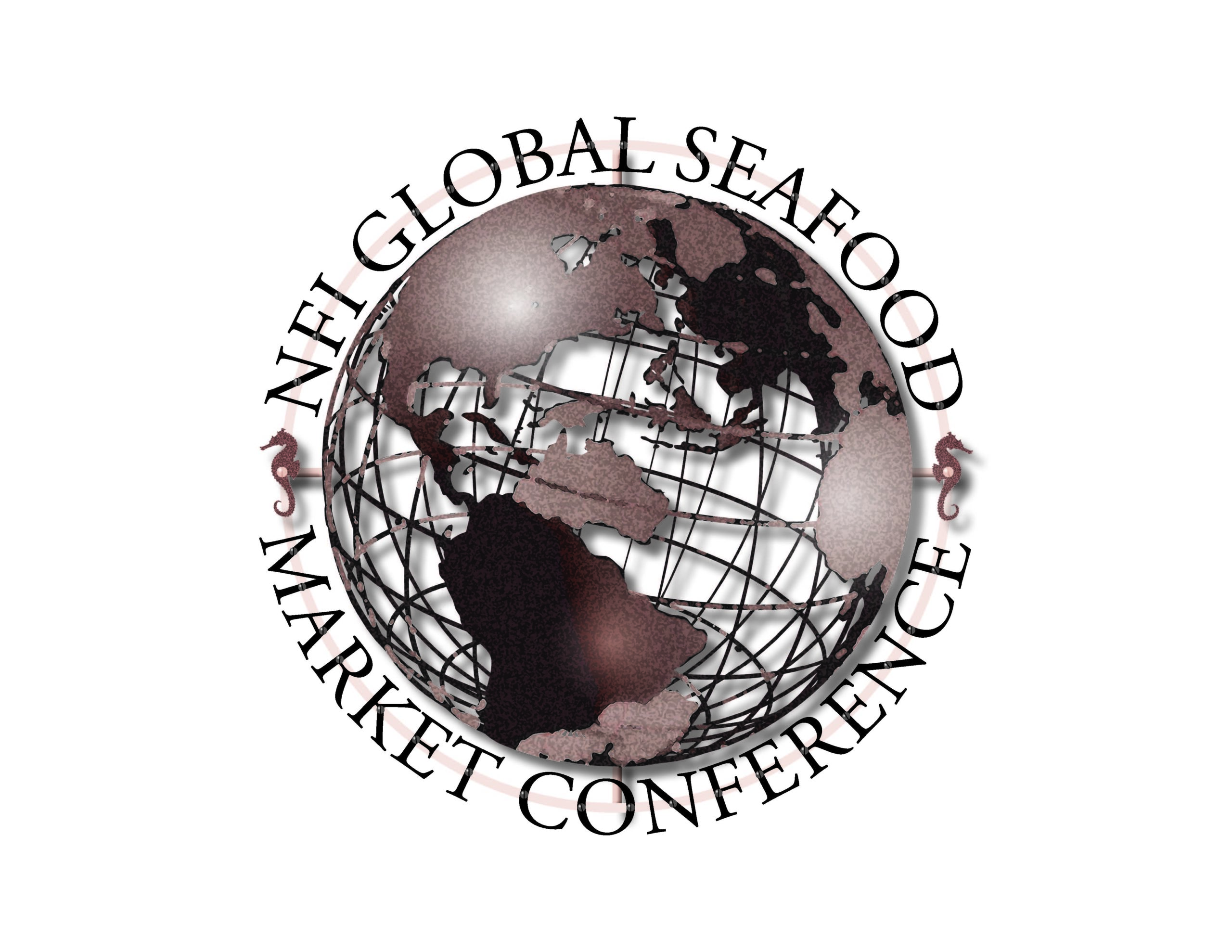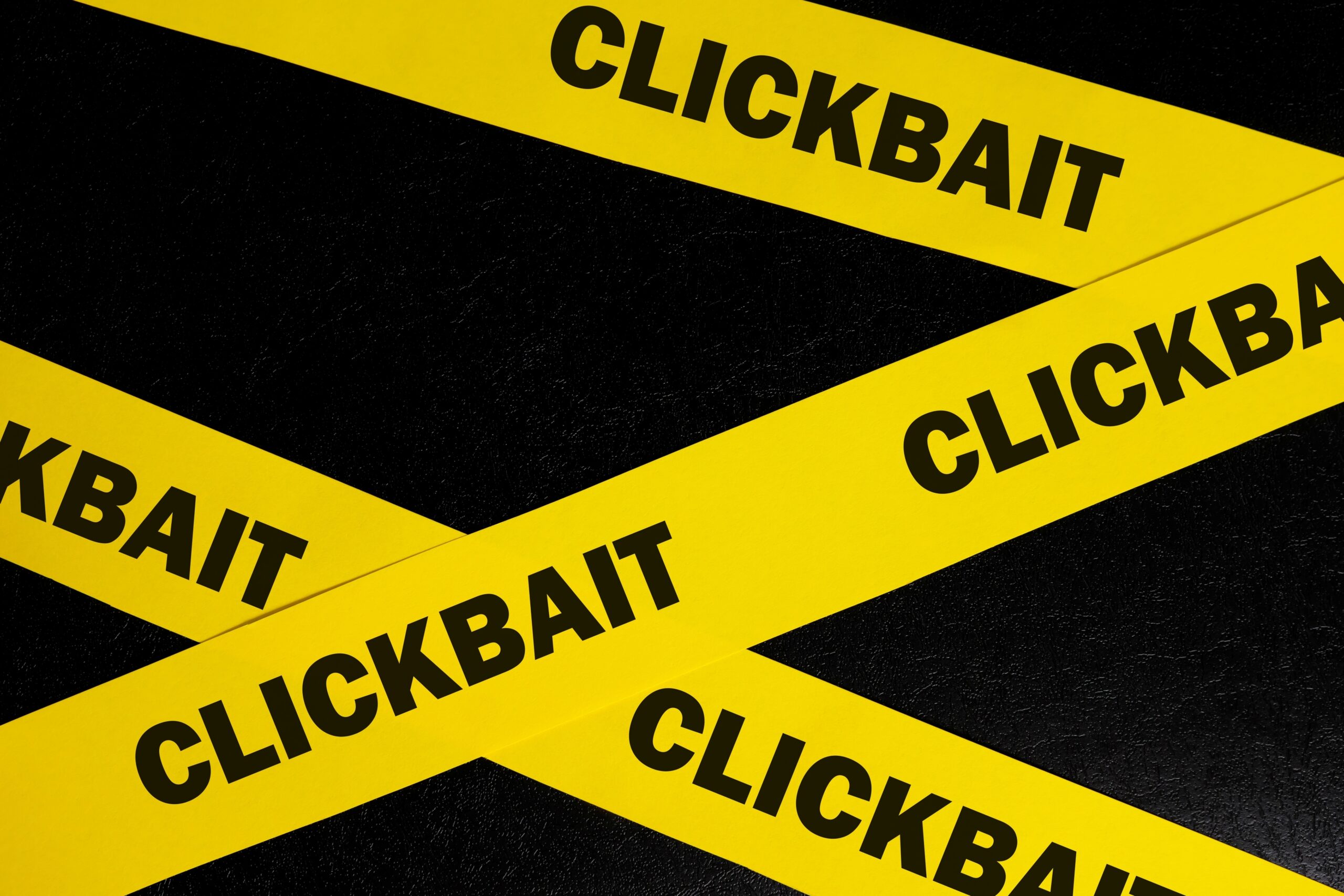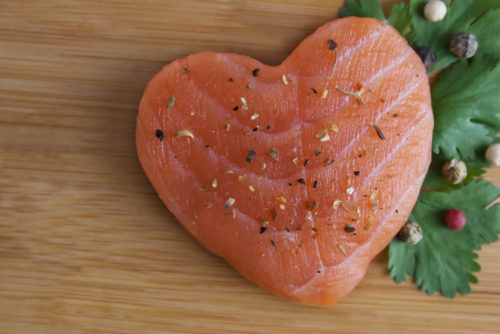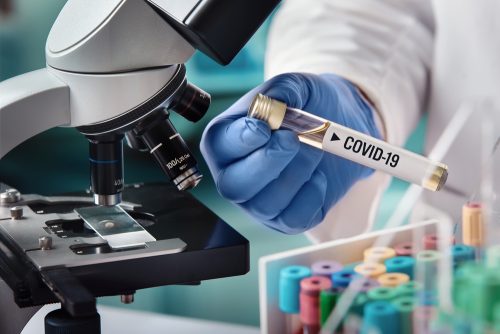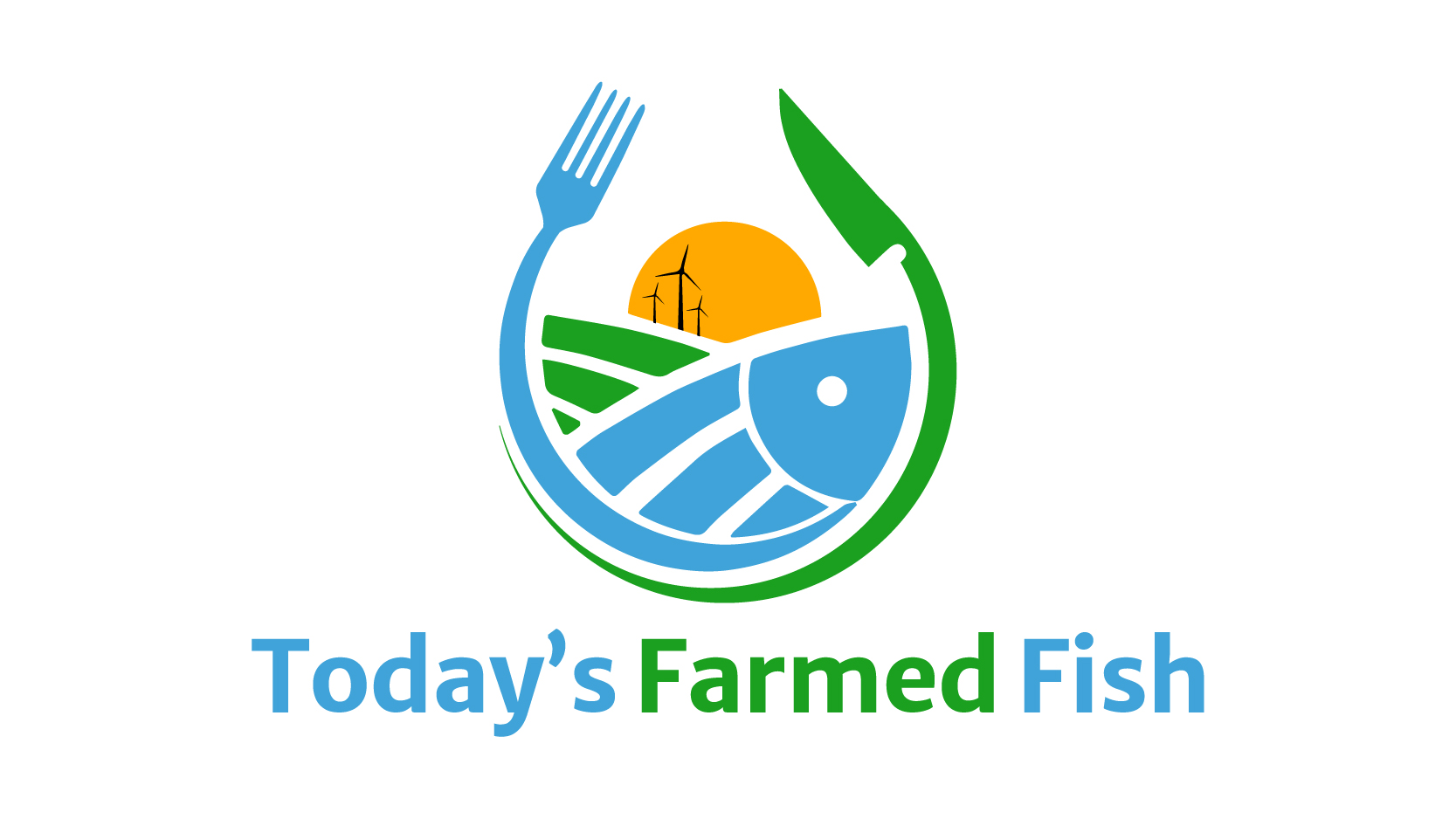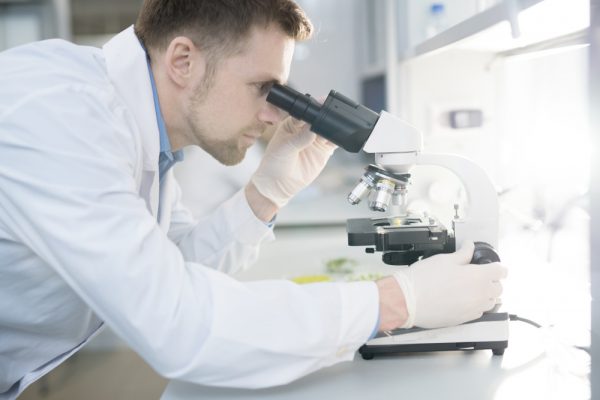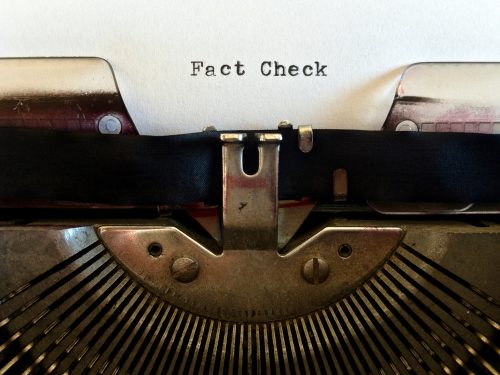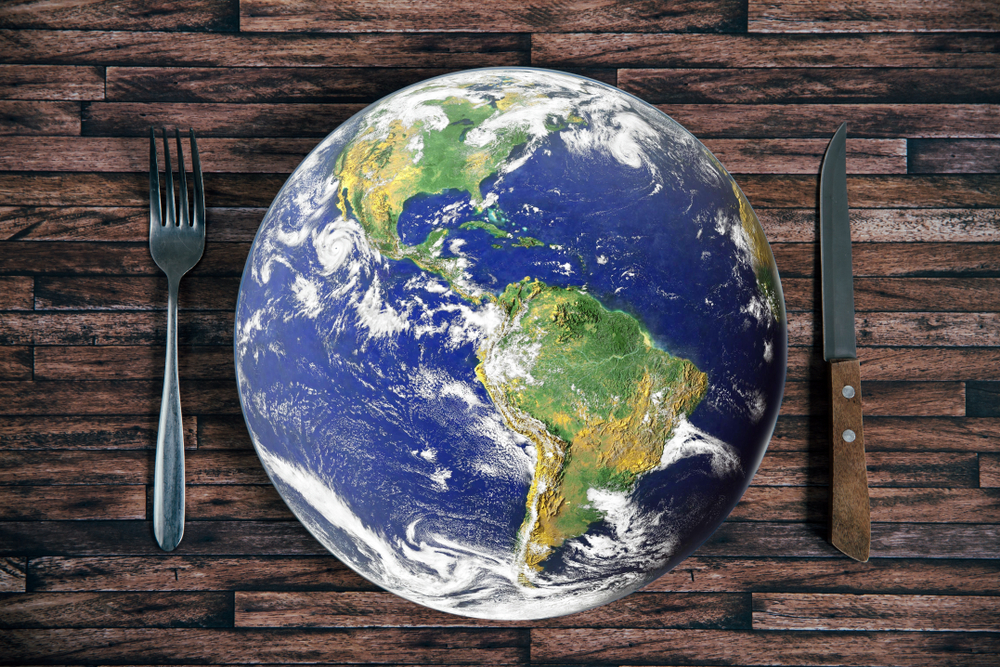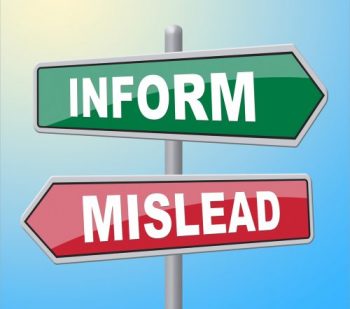All posts by NFI Media
2024 Global Seafood Market Conference Registration is Open
This We Know for Sure: Eating Fish Benefits Heart Health
Seafood Strongly Associated with Heart Health
Heart disease is the leading cause of death in the U.S., so it’s critical to use clear and actionable language every chance we get about how people can help keep maintain heart health. One of the foods most strongly associated with reduced heart disease risk is fish. It is estimated that low seafood intake is responsible for about 84,000 American lives lost to heart disease each year, which makes seafood deficiency the second-biggest dietary contributor to preventable deaths in the U.S.
The Science on Heart Health & Seafood Is Clear
Here are some examples of language that clearly communicate the rock solid seafood and heart health science:
- “The American Heart Association recommends eating 2 servings of fish (particularly fatty fish) per week. A serving is 3.5 ounce cooked, or about ¾ cup of flaked fish. Fatty fish like salmon, mackerel, herring, lake trout, sardines and albacore tuna are high in omega-3 fatty acids. ” – AHA
- “Twice a week, make seafood—fish and shellfish—the main protein food on your plate. Seafood contains a range of nutrients, including healthy omega-3 fats. According to the 2010 Dietary Guidelines for Americans, eating about 8 ounces per week (less for young children) of a variety of seafood can help prevent heart disease.” – USDA ChooseMyPlate
Why Is Fish So Good for Heart Health?
Researchers believe the unique combination of healthy fats in seafood play a big role in its powerful protection of heart health, but that’s not all seafood has to offer. Fish, as a whole food, has a lot going on. Take a look here at all the nutrients in a single filet of salmon, for example:
- Protein
- Selenium
- Iron
- Vitamin D
- Omega-3 fatty acids
These nutrients and more make seafood such a well-rounded superfood. As Alice Lichtenstein, director of the Cardiovascular Nutrition Laboratory at the Tufts School of Nutrition explains, choosing fish “replaces major contributors of saturated fat, such as hamburgers or a slice of quiche.”
What about Supplements?
Therefore, it’s not entirely surprising that the omega-3 supplement science doesn’t exactly replicate the benefits shown by seafood studies. But it is surprising that the coverage of the supplement science fails to emphasize the well-established benefits of fish as a whole food.
The lead researcher of a recent supplement study concluded, “Although these two supplements do not prevent atrial fibrillation, recent studies have suggested that lifestyle modifications such as maintaining a healthy weight, controlling blood pressure, and moderating alcohol intake may lower risk of atrial fibrillation…We need to continue to educate the public on ways to lower their risk as well as search for new ways to prevent this condition.” All good suggestions, and let’s not forget the one that got us looking into fish oil supplements in the first place, fish!
Eat Seafood 2-3 Times Each Week For Heart Health
As scientists sort out the supplement story, people need to know there is a powerful – and delicious – way to unequivocally help their heart health ready and waiting in their fridges, freezers, and pantries right now.
Coronavirus and Food: Media Continues to Bury the Lead
Global health organizations continue to find there is no evidence of food or food packaging being associated with the transmission of the virus that causes COVID-19.
Virus Surviving on Surfaces Is Not New
We continue to see poor reporting, and worse headlines, about studies that show SARS-CoV-2 can survive on surfaces, including food. This is not new information – like most viruses, the novel coronavirus can survive on different surfaces at different temperatures for a certain period of time.
Headlines Inaccurately Implicate Salmon
The latest reporting of the issue covers research from China. The study has not been published or peer-reviewed, but that did not stop Bloomberg or The Hill from reporting the findings, which is that SARS-CoV-2 could survive for 8 days on salmon kept at 39 degrees Fahrenheit.
The fact that SARS-CoV-2 survived on chilled salmon does not indicate that salmon is a carrier of the coronavirus. The study could have looked at the virus surviving on a plastic bag, a grain of rice, or a shoe. Again, it’s not a new discovery that the virus can survive on surfaces in the right environment. However, there continues to be no evidence that the survivability of the virus on food surfaces, like salmon in this particular case, can transmit the coronavirus to someone who eats or handles that product. Yet, headlines like today’s in Bloomberg (“Salmon May Harbor Infectious Coronavirus For a Week, Study Shows”) suggest to readers, especially those who don’t read the full article, that salmon is in some way uniquely positioned to possibly transmit the coronavirus, which is inaccurate.
COVID is Not a Foodborne Illness
The Food and Drug Administration says, “Unlike foodborne gastrointestinal (GI) viruses like norovirus and hepatitis A that often make people ill through contaminated food, SARS-CoV-2, which causes COVID-19, is a virus that causes respiratory illness and not gastrointestinal illness, and foodborne exposure to this virus is not known to be a route of transmission.”
Global Health Experts Confident Food is Safe
Reporters looking for a hyperbolic headline and a good scare story have repeatedly failed to reference myriad platinum-level food safety organizations that explain how food and package surfaces can be hospitable to a virus but not perpetuate infection. Here are just a few:
- “Despite the many billions of meals consumed and food packages handled since the beginning of the COVID-19 pandemic, to date there has not been any evidence that food, food packaging or food handling is a source or important transmission route for SARS-CoV-2 resulting in COVID-19.”
International Commission on Microbiological Specifications for Foods
- “True then. True still today. There is no evidence of food or food packaging being associated with the transmission of the virus that causes COVID-19.”
Frank Yiannas
Deputy Commissioner
Food Policy & Response
U.S. Food & Drug Administration
- “People should not fear food, or food packaging or processing or delivery of food.”
Mike Ryan
Head of Emergencies Programme
World Health Organization
- “Currently, there is no evidence to suggest that handling food or consuming food is associated with COVID-19.”
Centers for Disease Control and Prevention
For more about seafood safety during the pandemic please visit this website with FAQs and resources.
New Aquaculture Marketing Effort: Today’s Farmed Fish
Aquaculture
More than half of the seafood Americans eat each year is farmed, and with fish farming (aquaculture) recognized as the fastest growing form of food production in the world, that percentage is poised to rise with a growing global population. Yet, even with the prevalence of sustainable, nutritious farmed fish in the diet, some Americans still have reservations about eating farmed seafood because of misinformation.
Today’s Farmed Fish
Enter Today’s Farmed Fish, a campaign led by a collaboration between the School of Aquatic and Fishery Science at the University of Washington and McCluney Seafood Strategies. Today’s Farmed Fish provides well researched, science-based information that provides answers to common farmed fish questions and concerns. Those topics include information about environmental impacts, escapement, feed, and advancements in technology and sustainability.
The Research Project
Today’s Farmed Fish is part of a two-year research project, funded by NOAA SeaGrant, designed to improve consumer perception around farmed fish using grassroots marketing techniques. Before launching the website and social media channels, the researchers completed myriad surveys and focus groups in order to help understand what type of education is needed to address the key concerns and confusion about fish farming in the U.S. NFI provided resources to the researchers during this period.
Comparing Farmed Fish to Land-Based Protein
Principal researcher Dr. Chris Anderson, Fisheries Economist and Associate Professor at University of Washington, highlights the importance of comparing farmed fish not to wild fish or other farmed seafood species – but to land-based farmed proteins, where seafood often has less of an environmental impact. “One approach we are taking is to place farmed fish in the context of other things people could eat, such as beef, pork or chicken. Here, farmed fish is a tasty and affordable option which compares favorably in nutrition and environmental footprint to terrestrial farmed proteins.”
Today’s Farmed Fish can be found here:
- Website: www.todaysfarmedfish.org
- Facebook: https://www.facebook.com/TodaysFarmedFish
- Twitter: https://twitter.com/FarmedFishToday
- Instagram: https://www.instagram.com/todaysfarmedfish/
Keep up with the website and follow Today’s Farmed Fish on social media for the latest farmed fish resources.
Contact Jessica McCluney if you have any questions:
Jessica McCluney
Campaign Director
todaysfarmedfish@uw.edu
Reporting on Microplastics in Seafood Needs Perspective
A recent Australian study about microplastics has been making headlines the past few weeks.
The researchers tested a small handful of seafood products – 5 wild blue crabs, 10 oysters, 10 farmed shrimp, 10 wild squid and 10 wild sardines – and found trace amounts of microplastics in the samples.
It’s important to note a few things:
- The objective of the study was to develop a method to improve the detection of plastic contamination. Finding trace levels of microplastics in seafood does not mean these particles were found in humans who ingest these seafood products. There was no conclusion about the human health impacts of ingesting microplastics through seafood – or any food; that was not studied here. Some news outlets make this point early on, but others bury the lead.
- Most readers of the news are not scientists and it’s helpful to put into context the level of microplastics found in the samples studied. Some news outlets included in their reporting – noting for comparison reasons, that the average weight for a grain of rice is 30.0 mg. With that in mind, the study found the following levels of microplastics in the samples:
- Sardines: 2.9 mg
- Crabs: 0.3 mg
- Oysters: 0.1 mg
- Shrimp: 0.07 mg
- Squid: 0.04 mg
- As the Daily Mail pointed out in their reporting, microplastics have been discovered in other food items including apples, carrots, pears, broccoli, lettuce, and meats such as chicken. The researchers themselves point out that microplastics also enter our diets from “bottled water, sea salt, beer and honey, as well as the dust that settles on our meals.” However, science continues to show the largest exposure to humans is from the air. That’s right… breathing. The risks associated with human plastic ingestion – through any means – are not well understood and at this point, scientific research doesn’t support a conclusion that there is a human health concern from microplastics.
- The researchers studied 45 products in total, from one area. Headlines that say plastic was found “in all seafood samples” and “100% of the samples” should include the small amount studied in the lead, to not misrepresent the breadth of the study. The study also noted no measures were put into place to avoid external contamination upon collection (handling by workers or transport in plastic bags), although the samples were washed before analysis.
- Fox News reporting says plastic was found “in all samples of popularly consumed seafood.” To note, the only products studied that even crack the top 10 most-consumed seafood species in the U.S. are shrimp (called prawns in the study) and crabs. The top 10 species make up roughly 90% of all the seafood Americans eat each year. 3/5 of the species studied here are outside of that.
- Reams of peer-reviewed nutrition science continue to show the positive health benefits of eating seafood at least 2-3 times per week, including baby brain development and reduced risks of cardiovascular disease, inflammation and depression. FDA commissioned a report called the “Net Effects Report” that considers both the positive and negative aspects of seafood (such as protein, omega-3s, and minerals as well as things like mercury and contaminants). The conclusion of the report is that the benefits of seafood outweigh theoretical risks, even for pregnant women.
Any new peer-reviewed, published research that increases knowledge about microplastics in food is welcome and important. It’s also important that the media report accurately on such work and does not sensationalize the story or veer into a space saved for public health experts by making uneducated nutrition recommendations. The reality is, seafood continues to be one of the healthiest foods on the planet.
Consumer Reports Fuels Misinformation about Mercury in Seafood
We thought Groundhog Day came and went, but this week Consumer Reports – the group most known for reviewing electronics and appliances – is fueling misinformation about the healthfulness and safety of seafood, like it’s done in the past.
Seafood is a Superfood
On KOTA Territory News ABC, the anchor recommends seafood for those seeking to eat more healthfully in 2020. The segment could have – and should have – ended there. Reams of published peer-reviewed science conclude that the nutrients in fish and shellfish are essential for many functions in the body – including heart health and brain health. But, of course, that doesn’t make for all that interesting of news story. Enter Consumer Reports.
Mercury Fear-Mongering
The segment features Amy Keating, a nutritionist from Consumer Reports, who starts by naming some of the known health benefits of seafood consumption, but veers quickly into mercury fear-mongering. She says eating more fish could increase your risk of mercury intake. What she leaves out of this ominous statement is… context.
The Mercury Reality Check
Trace amounts of mercury have been present in seafood since the beginning of time, yet there are no cases of mercury toxicity attributed to the normal consumption of commercial seafood found in any published peer-reviewed medical journal. By way of example, the average American eats 16 pounds of seafood annually. The average consumer in Japan eats 116 pounds. Even at nearly ten times the amount of seafood consumed, there is no epidemic of mercury toxicity in Japan.
As nutrition science shows, the benefits of seafood (including nutrients like protein, B vitamins, vitamin D, selenium, omega-3 fatty acids) outweigh the theoretical risks of mercury. Ms. Keating goes on to scare consumers aware from a handful of species, which contradicts the latest science and government recommendations. According to the U.S. Food and Drug Administration, there are no species off-limits to the general population. There are a handful of species that a very particular subset of the population should avoid – pregnant and breastfeeding women – but all other seafood types can, and should, be enjoyed as part the United States Department of Agriculture’s 2015-2020 Dietary Guidelines that say to eat a variety of seafood at least twice per week, including during pregnancy. Unfortunately, most Americans fall short of this recommendation, due in part to confusing messages about seafood like those purported in this segment by Consumer Reports.
#EatMoreFish
Low consumption of the omega-3 fatty acids found in fish is the second-biggest dietary contributor to preventable deaths in the United States, taking a total of 84,000 lives each year. In fact, eating seafood just twice a week can reduce the risk of fatal heart attack by 36 percent.
Let’s leave nutrition recommendations to public health professionals and government nutrition experts… and let Consumer Reports do what it does best, evidenced by the current (Feb 7, 2020) snippet from the homepage of their website:
Debunking Prevention’s Fake Food Facts
Off to a questionable start
When a list of “foods you should never eat” begins with whole wheat bread, you know you are in for a hyperbolic ride. Prevention’s article, 50 Foods You Should Never Eat, According to Health Experts, which was carelessly syndicated by MSN, also suggests avoiding foods like canned tomatoes, non-organic strawberries, apples, green beans, and a handful of seafood products.
Marginalized “experts”
In the slides that discourage readers from seafood, half of the “health experts” appear to have no background whatsoever in health. The source who says you shouldn’t eat the most popular seafood in America – shrimp – is the CEO of the ocean conservation group Oceana, Andy Sharpless. His background is in law, economics, and advocacy; not public health or nutrition. Not to mention his day job is to lobby against the seafood industry. The source cautioning readers about tuna is Philippe Cousteau, an “explorer” and cofounder of EarthEcho – also holding no background in nutrition or health sciences.
Some of the claims do appear to come from sources with health credentials, but – at least in the case of seafood – their advice flies in the face of the latest science and public health recommendations. For example, Doctor Margaret I. Cuomo says you should not eat farmed salmon because of toxins and PCBs. The reality is that Harvard University research finds seafood broadly, not just farmed salmon, makes up only 9% of the PCBs in the average American diet, while products like vegetables make up 20%. Would Dr. Cuomo suggest her patients never eat vegetables? Ironically, in this article teeming with irresponsible advice, the answer might be yes.
Both wild and farmed seafood provide omega-3 fatty acids
Furthermore, a USDA study conducted at the Grand Forks Human Nutrition Research Center involving farmed salmon reported that “…consuming farm-raised salmon was an excellent way to increase omega-3 fatty acids in the blood to levels that corresponded to reduced heart disease risk.” The bottom line is farmed seafood, including salmon, is something Americans need to eat more of, not less.
Research shows eating more seafood could save your life
A recent study published in JAMA found 10 specific foods and nutrients affect the risk of dying from cardiometabolic disease (CMD). The study found that eating suboptimal levels of 10 foods or nutrients — too much of some and not enough of others — was associated with more than 45% of deaths due to type 2 diabetes, heart disease, and stroke. Not eating enough “seafood-based omega-3 fats” contributed to 7.8% of the CMD deaths – even higher than not eating enough fruits and vegetables.
Perhaps it’s time to do a study on the effects of Prevention’s sub optimal consumption of facts.
For real facts about the role of seafood in the diet, subscribe to the new AboutSeafood YouTube Channel. For facts about seafood during pregnancy, find this comprehensive guide.
New York Times Gets Food Impact Story Right… Almost
Hats off to the New York Times for its recent article, Your Questions About Food and Climate Change, Answered, which helps consumers quantify the impact of their food choices. Educated shoppers will find their tips helpful, but could also use a healthy dose of perspective to incorporate the realities of food production into decision-making.
Shrimp Farming Does Not Target Mangroves
When addressing food security and the world’s growing population, the Times recognizes the important role of aquaculture. “If we are going to eat more seafood in the coming decades, most of that increase will likely come from fish farms, also known as aquaculture.” The article goes on to say that “sometimes” fish farming can be climate-friendly, but veers into dated statements about shrimp farmers clearing mangrove forests to make room for ponds. The expansion of modern, commercial shrimp farming does not target mangroves. These natural wonders are not under threat from the aquaculture operations that put healthy delicious shrimp on American plates, period.
Fisheries Deserves Higher Recognition
In the article, wild-caught seafood gets a nod “for a relatively small climate footprint.” A relative understatement, when one scientific survey finds in order to replace commercial wild-caught seafood with land for animal grazing, it would take an area equivalent to 22 times the world’s rain forests. Other charts in the article list the average greenhouse gas impact for certain food groups and leave out wild-caught seafood altogether – which would likely be one the lowest levels on the list. Managed responsibly, seafood is a healthy, renewable resource that provides an incredible amount of protein to the world. It deserves a bigger nod.
Real Science-Based Resources
Throughout the article, the Times links to a multitude of reputable outside sources. It’s discouraging, however, to see readers referred to Monterey Bay Aquarium’s Seafood Watch as a “science-based” option to help them decide which seafood to purchase. To be clear, Seafood Watch is not a public health organization, it is an NGO with a conservation focus and has recommendations so restrictive, if people actually followed them, much of the seafood Americans eat would be off limits. This is problematic since Americans are already deficient in seafood. The organization has come under fire recently for its confusing and sometimes contradictory guidelines.
A better resource is the National Oceanic and Atmospheric Administration (NOAA)’s Fish Watch website. NOAA Fisheries is responsible for the stewardship of the nation’s ocean resources and their habitat. Under the science-based framework of the Magnuson-Stevens Act and NOAA’s efforts, 45 stocks have been rebuilt and the number of stocks on the overfishing and overfished lists remain near all-time lows.
Seafood is Part of the Solution
Despite all the hand wringing and brow furrowing so often associated with seafood sustainability, consumers presented with facts and relevant perspective find that seafood is part of the solution.
Asparagine Study: USA Today Takes the Lazy Road
A recent study prompted misleading headlines and news stories, an occurrence all too familiar this day and age. The study in question looked at the impact an amino acid, called asparagine, had on mice with aggressive cancer cells. The findings showed that the spread of aggressive cancer cells increased in mice given higher levels of asparagine.
Recap of the Asparagine Study
- The study was done on mice with no immune systems, not on humans.
- The compound asparagine was not found to cause cancer, but to increase the spread of cancer cells the mice already had.
- Seafood was never mentioned in the study.
Reporting on the Study
Unfortunately, lazy journalists who saw this study as an opportunity for a quick, sensational article began reporting that cutting out foods containing asparagine could stop the spread of cancer; a drastic leap from the findings of a study completed on lab mice.
An article in USA Today, by Sean Rossman, contains some of the most egregious reporting, claiming “Future cancer treatments may come with a specific dietary recommendation — eat less asparagus, potatoes and seafood.” The report goes on to list “dairy, beef, poultry, eggs, nuts, seeds and whole grains” as other asparagine-rich foods. We would challenge Mr. Rossman to find any find any public health professional who would suggest cutting ties to whole, nutrient-rich foods, such as seafood, as part of a cancer-fighting diet.
To note, the head nurse from Cancer Research UK, an organization that helped fund the study, said in its press release, “At the moment, there is no evidence that restricting certain foods can help fight cancer…” Yet, Mr. Rossman failed to include this, or other needed context, in his report.
Backlash
- The American Institute for Cancer Research (AICR) addressed the study and media pick-up in a blog post. AICR digs into the study and notes that many healthful foods contain low levels of asparagine, plus the compound “can be created in the body from other amino acids and it is necessary particularly for the proper functioning of the nervous system.” AICR’s bottom line? “An interesting finding that may possibly lead to treatment options in the future. If you like asparagus, keep eating it as part of a balanced healthy diet.”
A few news outlets also addressed the media frenzy.
- The Mercury News “Should you avoid asparagus? Maybe not” described the new study and its findings and said, “legions made the assumption that you should cut asparagus, as well as potatoes and seafood (which are also high in asparagine) out of your diet to stave off cancer. But now many doctors are warning against this assumption, pointing out that asparagus will not give you cancer.”
- Business Insider also addressed the study in “A new study linking asparagus to cancer is freaking people out — here’s how concerned you should be.” “If curing cancer was really as easy as cutting a few ingredients from your diet, scientists would have probably already unlocked a fix. Understanding how chemical compounds interact with cancer’s spread is a complicated task, and while researchers are gathering new clues, we’re still far away from a simple solution.”
Letter to the Editor
Additionally, NFI responded to the USA Today article right away with a Letter to the Editor, but we did not get a response.
Dear Mr. Bill Sternberg,
I don’t particularly want to restate the title of your recent article about cancer and diet as I’m afraid it will further perpetuate misinformation that is not only confusing, but potentially harmful to public health. The headline and article claimed that numerous healthful foods – many of which are included in dietary patterns shown to reduce cancer risk – may increase the spread of cancer. This very big leap is based on one study…of mice…that were given diets rich in the amino acid asparagine. Sound dietary advice is based on many studies…of humans…who eat the actual foods in question. So, we’re striking out three for three here. The worst part?
Many of the healthful foods mentioned in these American Institute for Cancer Research (AICR) articles – plant foods like asparagus and whole grains as well as protein choices beyond red meat like seafood and poultry – are actually recommended as part of a cancer-protective diet, not to mention heart- and weight-healthy diets. I ask that this knee-jerk piece of journalism be revisited before it can do any further harm.
Sincerely,
Brandon Phillips
Sr. Director Communications & Advocacy
National Fisheries Institute
Conclusion
Suggesting that readers avoid healthy foods, such as seafood – which is arguably among the healthiest foods on the planet – without providing further context about the study is lazy at best, irresponsible at worst. It’s good to see other organizations and news outlets address reckless reporting about this new study, like the article we saw in USA Today.
NFI’s 30th Annual Chowder Party
Kick-off the 2018 Seafood Expo North America Show with old friends and new. Join us to celebrate NFI’s 30th Annual Chowder Party to be held on Saturday, March 10th from 5:30 pm – 7:30 pm at the beautiful Westin Boston Waterfront, conveniently located adjacent to the Boston Convention Center.
Register Here!
